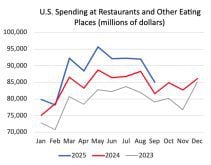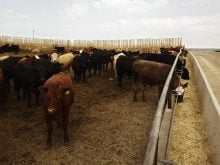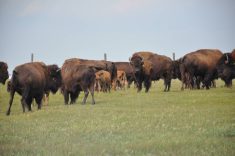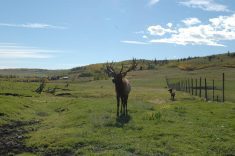During 35 years in the hog business, Florian Possberg has seen his share of ups and downs.
But the events of the last year have definitely been the lowest.
The loss of federal slaughter capacity in Saskatchewan, government programs that limited the ability of large hog operations to weather low prices and high costs, country-of-origin labelling, a high Canadian dollar and other economic factors have combined to wallop the sector.
In the Jan. 1, 2009, Statistics Canada inventory estimate, the agency reported a 10.2 percent drop in hog inventory to 12.4 million head.
Read Also
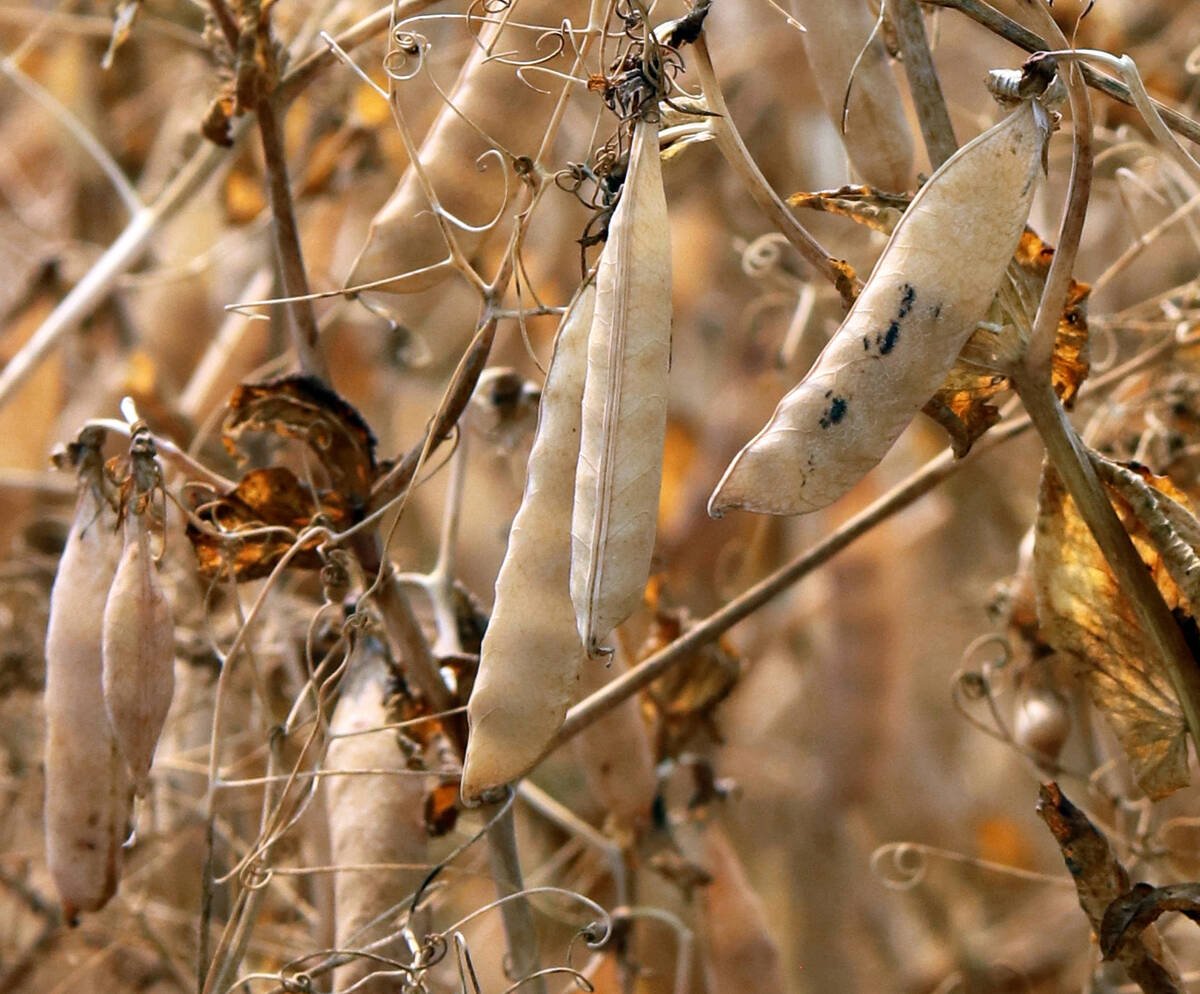
Trump’s tariffs take their toll on U.S. producers
U.S. farmers say Trump’s tariffs have been devastating for growers in that country.
All provinces reported a decline but Saskatchewan took the biggest hit, losing 31 percent of its inventory as it dropped to 810,000 head from 1.18 million.
Manitoba is down 4.6 percent and Alberta dropped 9.4 percent.
“In the 35 years that I’ve been in the business it’s by far the worst challenge,” said Possberg, who established Big Sky Farms as Saskatchewan’s largest producer.
The worldwide economic meltdown hasn’t helped.
“We’re seeing the results of accumulated shocks on the industry,” said Martin Rice, executive director of the Canadian Pork Council.
The largest contraction is occurring in the West, where the largest expansion had occurred, he said.
Rice suggested the country could lose one-third of its producers by the end of the year.
Statistics Canada said the number of farms reporting hogs is 8,510 compared to 9,860 a year ago.
Eastern Canada reports 5,430 of those, and an average number of 1,319 hogs per farm.
In the West, the average farm has 1,700 hogs and Manitoba reports 830 farms, Saskatchewan, 490, Alberta, 1,070, and, British Columbia, 690.
Rice said the producers who have left are unlikely to return.
Others have been working to mitigate the situation.
Saskatchewan’s second-largest producer, Stomp Pork Farms, downsized to about 15,000 sows from 27,000. Big Sky shut down some of its 600-sow farrow-to-finish operations.
But there are encouraging signs.
Hytek Ltd. of La Broquerie, Man., has bought four finishing barns at LeRoy, Sask., where it will finish 40,000 pigs. Stomp had been leasing the barns from LeRoy Agra-Pork Co-op.
The animals will come from Hytek’s Manitoba sow barns and be moved back to that province for slaughter and processing at the company’s Springhill Farms plant at Neepawa.
Hytek intends to keep more of its processing in Canada rather than shipping south to the United States.
Another positive sign is the drop in the Canadian dollar to the 80 cent level.
Producers had earlier said they could be competitive if the dollar dropped to 90 cents, Rice said, and made cost adjustments that will help them.
On the export side, Russia and China are facing challenges in maintaining their pork supplies.
“We expect those markets will continue to be important,” Rice said.




